UI Technology Coordinating Coalition Meets to Examine Developments in UI Technology Modernization and Chart Course for the Coalition’s Future
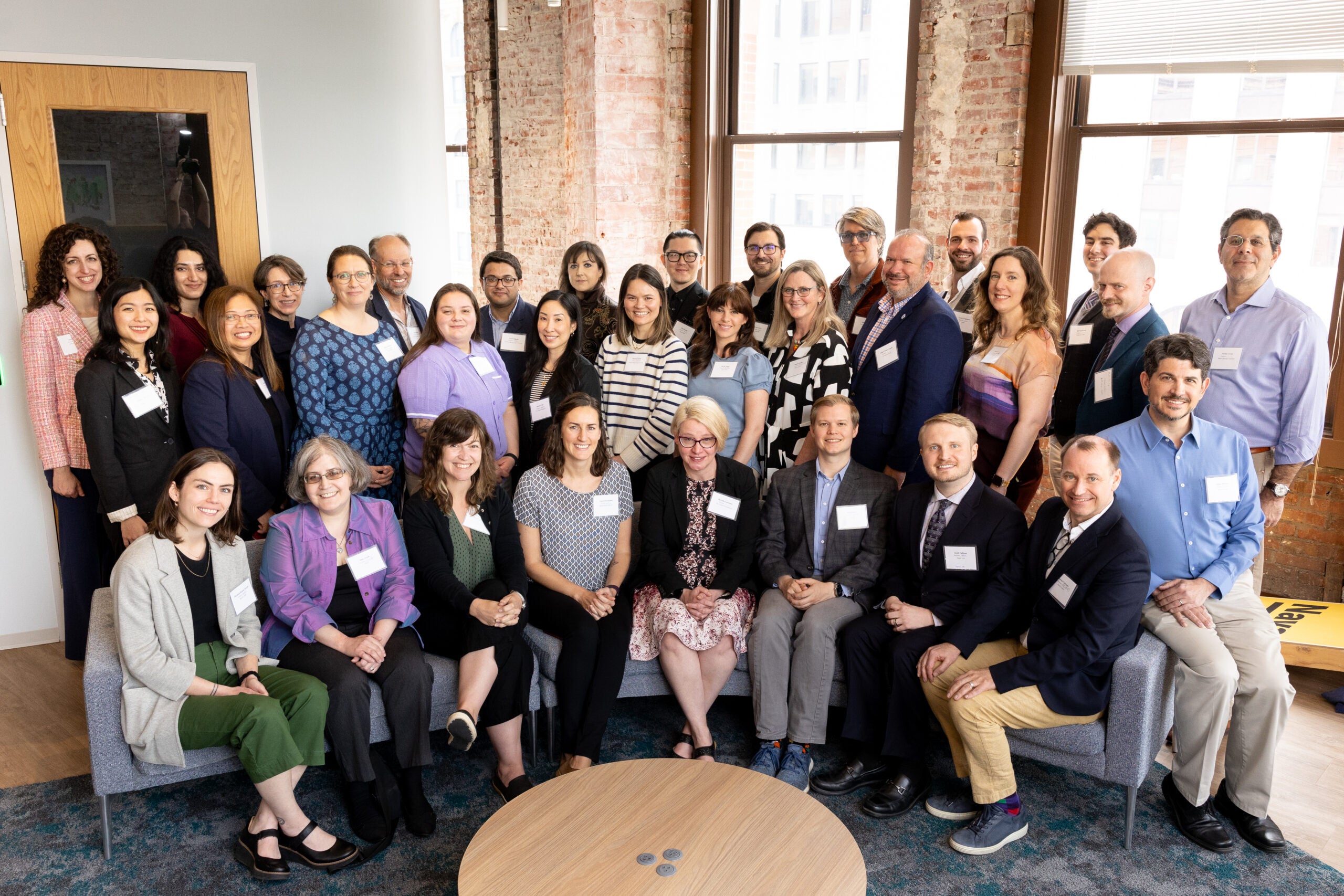
For the last three-and-a-half years, the Unemployment Insurance (UI) Technology Coordinating Coalition has met virtually every two weeks to share perspectives on the UI system, hear from UI experts—both members and non-members—as guest speakers presenting their recent work, and discuss best practices Coalition members have developed to impact state agency UI tech modernization efforts. On April 9 Coalition members came together for their annual in-person convening to spend an entire day closely examining the UI technology developments that have impacted beneficiaries, frontline workers, and civic tech providers across the UI ecosystem at both the federal and state levels.
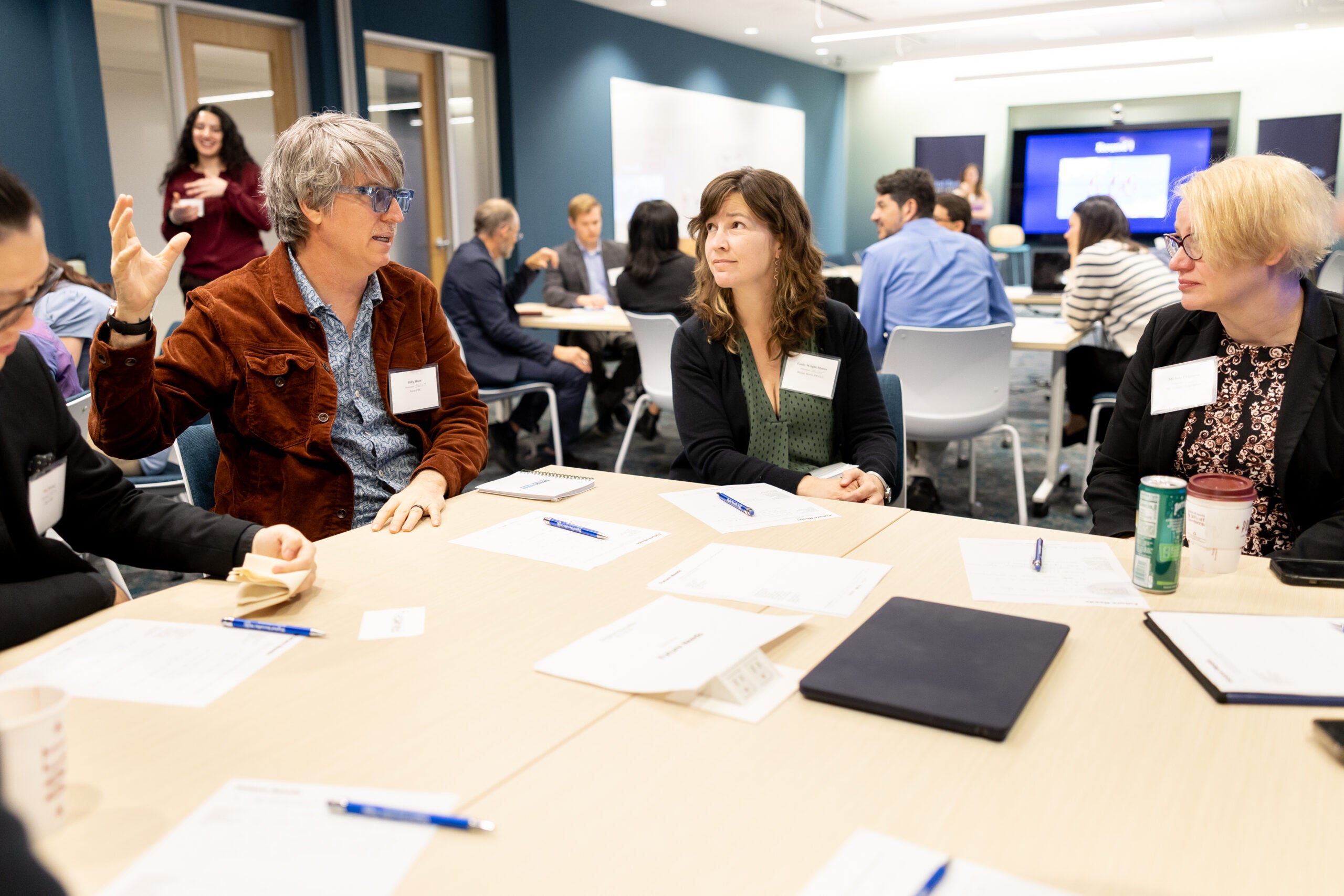
Twenty-six Coalition members from as far away as Ireland and Arizona came together, moderating and participating in panels alongside an array of guest speakers who mirrored the diversity of the Coalition’s membership in their different roles in UI technology.
New Jersey Commissioner of Labor Robert Asaro-Angelo discussed his stewardship of the process of modernization and highlighted how other states might follow it as an example in a panel discussion on state leadership in UI technology led by Coalition member Lauren Lockwood, CEO of Bloomworks. New York Legal Aid attorney and Coalition member Ciara Farrell also highlighted in the panel discussion the need for agency staff to better understand the claimant experience and not just focus on a formulaic process.
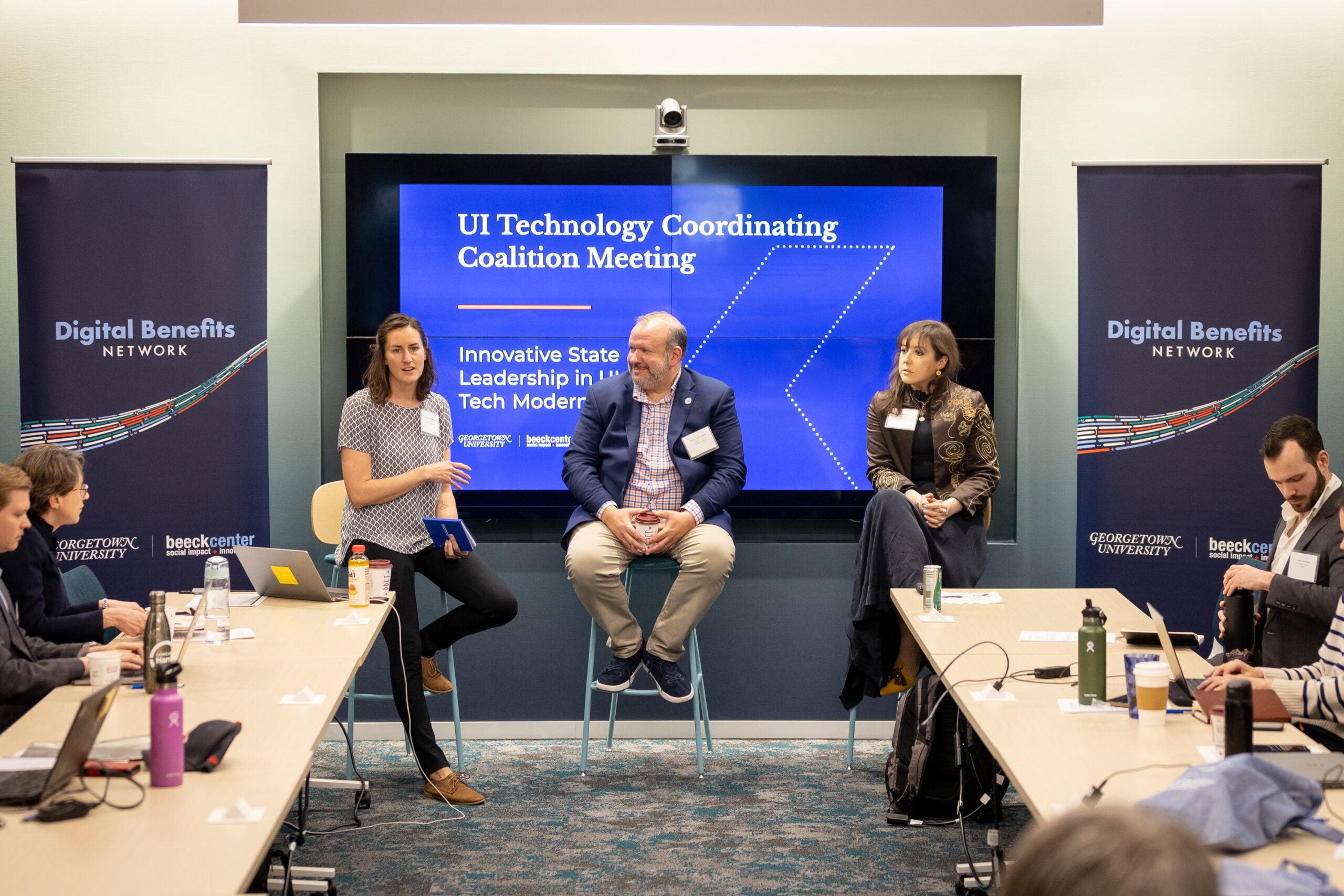
A panel on the current prospect for Congressional action on UI tech featured a Senate Finance Committee staffer discussing the framework for UI modernization introduced by Senators Ron Wyden (D-OR) and Mike Crapo (R-ID) as well as other prospects for legislative action. Amy Simon, a former policy appointee at U.S. Department of Labor Employment Training Administration, also provided insight based on her own research on how legislation could improve UI administration. The session was moderated by Michele Evermore, a Coalition member and fellow at The Century Foundation, who is also a former DOL appointee in the Biden Administration.
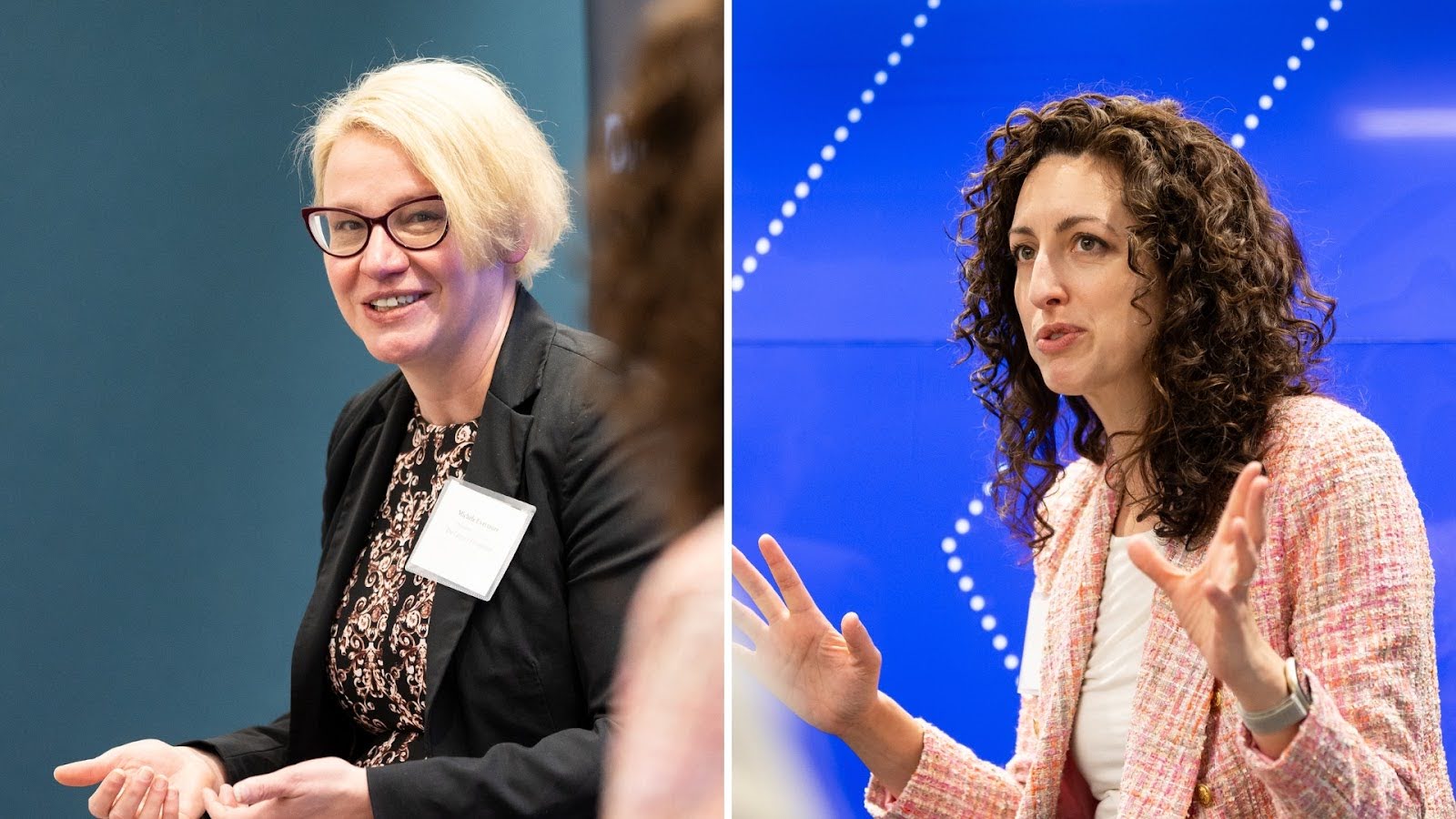
The day’s final government-focused panel featured DOL Office of UI Modernization Director Andrew Stettner in conversation with Coalition members Julia Simon-Mishel of Philadelphia Legal Assistance and Grant Fergusson of the Electronic Privacy Information Center (EPIC) on the benefits and challenges of adopting a modular approach to UI modernization.
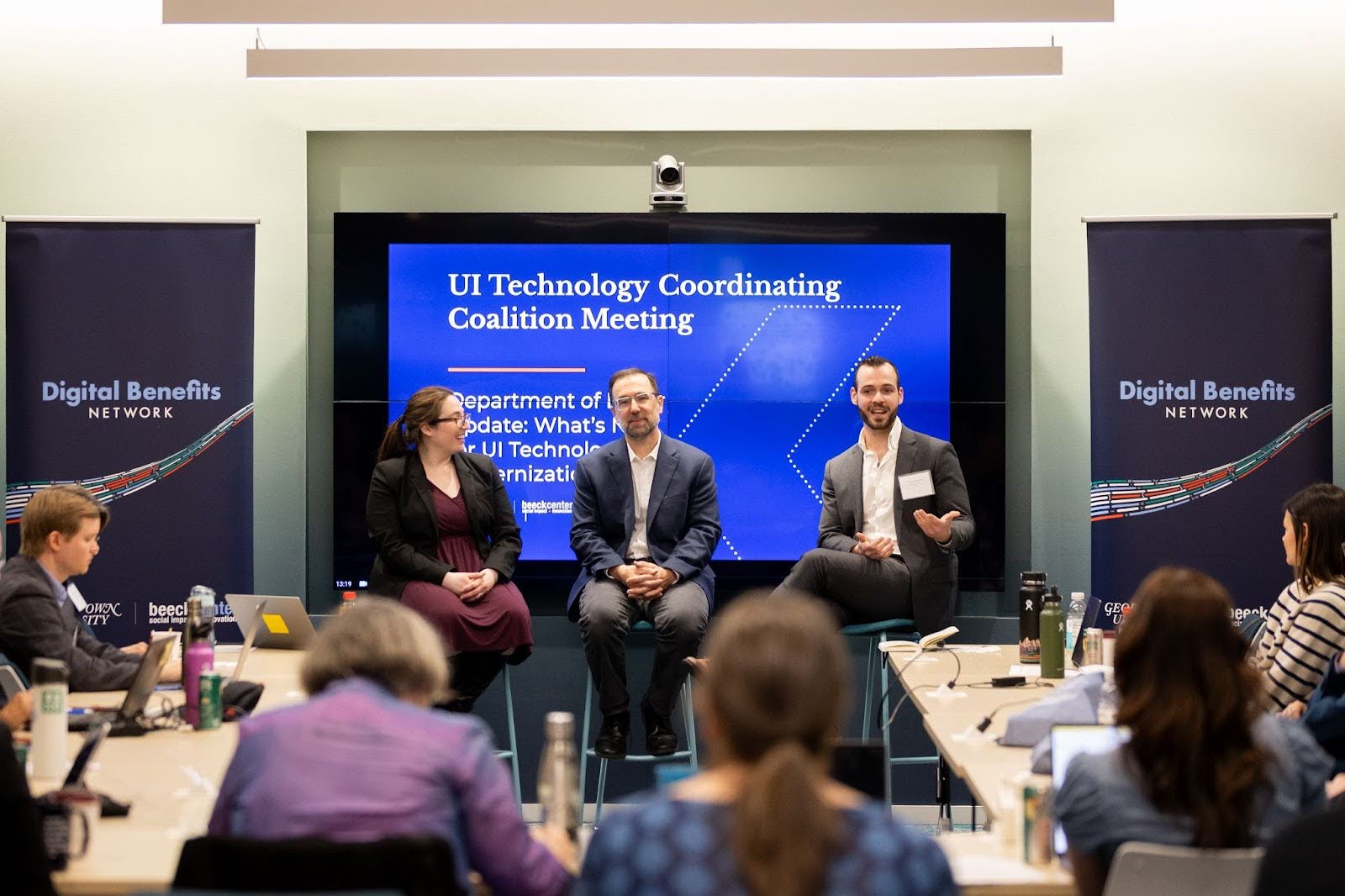
Other morning sessions focused on the future for UI tech and the Coalition itself. Co-convenors Marcus Courtney and Adam Bobrow provided an overview of the last year’s growth and successful activities and the Beeck Center’s own Maya Salameh and Ariel Kennan led a storytelling session in which members crafted narratives around the impact of the Coalition and how it has informed the work of the members.
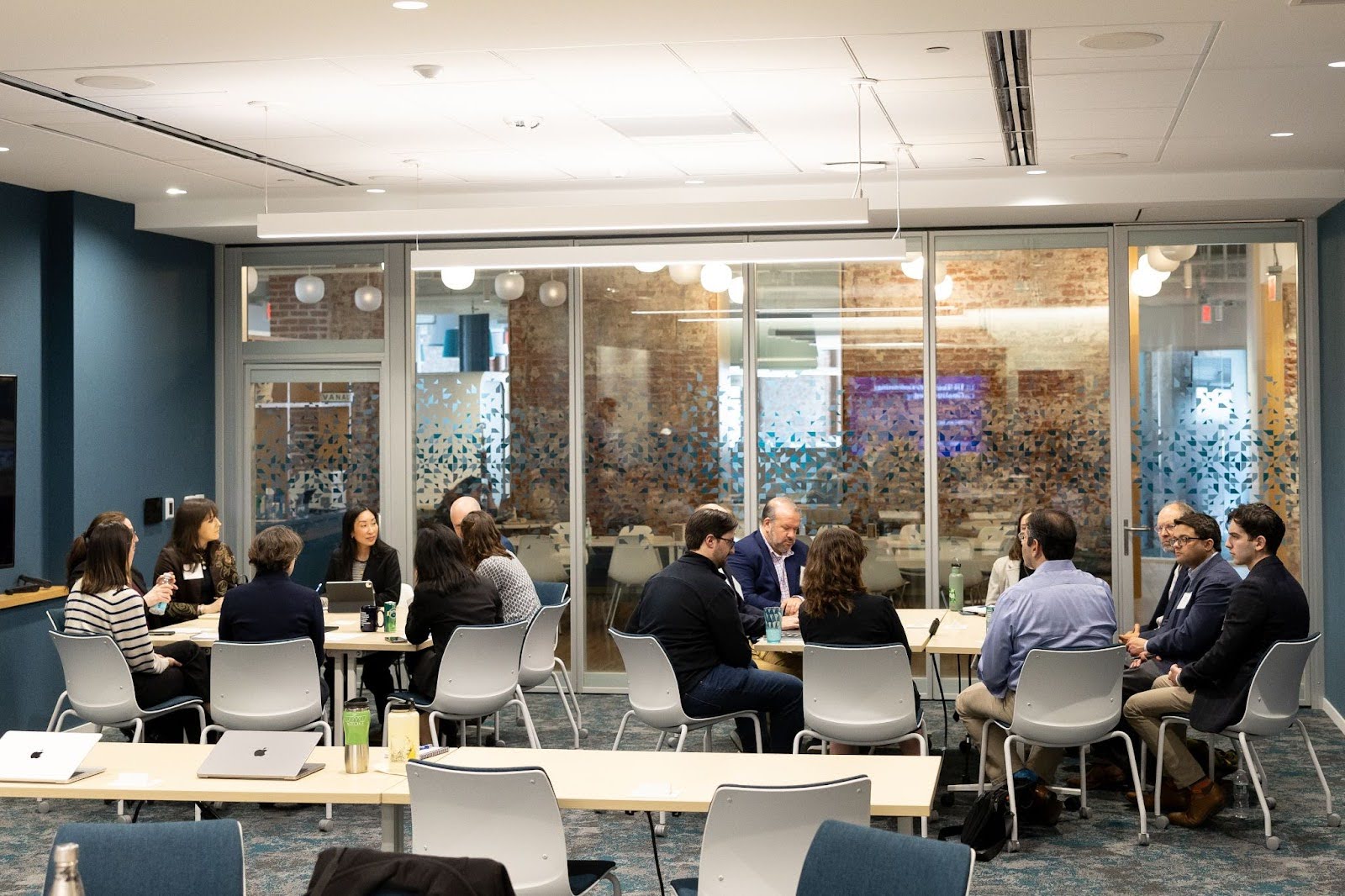
The afternoon featured small group discussions—led by Coalition members Marcie Chin from U.S. Digital Response, Jeremy Grant from the Better Identity Coalition, Grant Fergusson, and Lauren Lockwood—on how different aspects of technology impact UI modernization, including developments related to identity management, the impact of generative AI, and the latest techniques for effectively improving language access through usability testing. These discussions were
The day’s final panel highlighted advocates and two union members working on UI in state government, one from Colorado and one from Washington, explaining the challenges they face in working with technology in helping claimants access benefits. The Colorado employee is represented by Service Employees International Union local Colorado Wins and the Washington employee is represented by the American Federation of State County Municipal Employees (AFSCME). This panel was led by Coalition member Mary Gable from AFSCME and featured participation from Coalition members Amy Truab of the National Employment Law Project (NELP) and Jason Salgado from Greater Boston Legal Services.
Closing out the day, we discussed the future of the Coalition, summarizing our learnings from the convening and planning where the Coalition should go in the next year. The membership expressed their appreciation for the opportunity to come together in person and recognized the work to ensure the group continues to meet and make everyone’s collaboration possible.
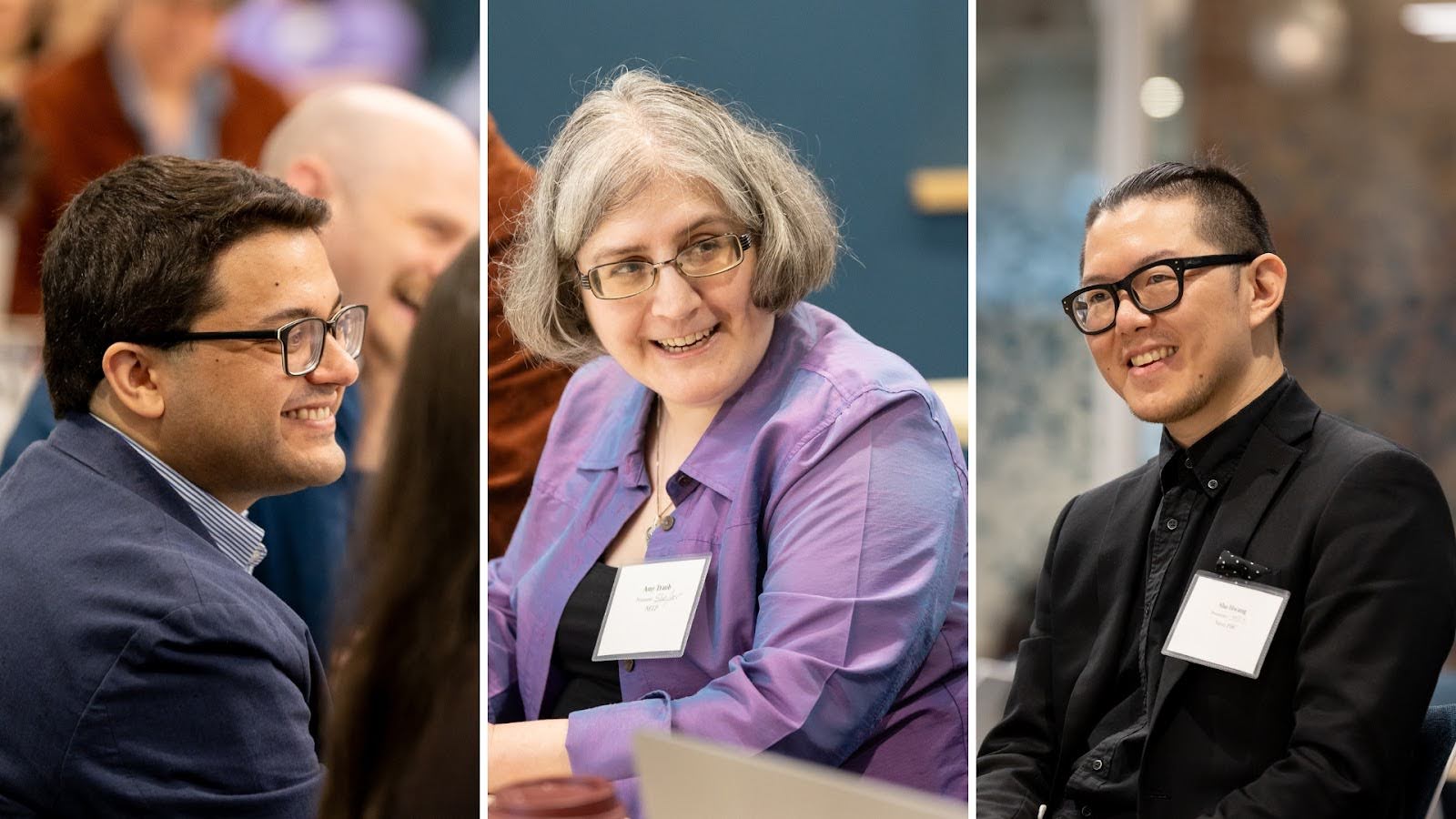
What We Learned and What to Expect
Coalitional work improves the environment for people and organizations working across different parts of the UI ecosystem.
The Coalition has provided an opportunity for disparate groups to develop relationships that become resources in efforts to improve the UI system. Hannah Tanabe of Greater Boston Legal Services recognized the Coalition for “the community it’s provided and the access to a network of folks with various areas of expertise, all excited to talk about the beast of modernizing UI.” Andy Keeney, a representative of Nava Public Benefit Corporation, one of the organizations working on UI modernization projects in different states, also found it “incredibly valuable to hear perspectives from all throughout the UI space in one location.” This was mirrored with the recognition by another member, Lauren Lockwood of Bloomworks, of the value of this space on the topic of identity, for example, “having policy, advocacy, and state practitioners discussing the challenges, opportunities, and what they’re seeing” all together.
UI technology modernization efforts have benefited from the activities sponsored by the one-time ARPA appropriation supporting U.S. DOL grants.
The effort to document how systems failed during the pandemic through a systematic approach developed by the DOL has provided meaningful insights into the right ways to modernize the UI system. Andrew Stettner, director of the Office of UI Modernization at DOL, described a vision based on the ARPA appropriation projects for “what it would take to make UI more resilient and responsive in a time of crisis.” In that vision, DOL identified “that there are ways in which the UI systems, themselves, are architected is a really big part of the problem,” with modularization of the UI system as one solution. DOL made funds available under the ARPA appropriation for states to work on one of three areas of modernization improvement, including improving IT systems to prevent and detect fraud, provide a mechanism to promote equitable access, and increase timely access to benefits while delivering an improved customer experience. That grant program could not have offered a solution to all of the technology and modernization challenges that states faced or cured the pain that so many applicants experienced, but because those grants went to fund specific projects and resulted in meaningful data collection about the activities and outcomes, those projects provide a sense of how UI tech modernization can avoid pitfalls that have plagued previous efforts.
UI tech modernization will be a continuous project that will not reach a terminal endpoint or a single solution for all states.
Any “solution” to the UI tech modernization problem is not a one-size-fits-all system but rather a set of techniques, principles, and standards that will guide a continuous modernization program at the state level. Legal aid advocates who are Coalition members now feel more confident about suggesting technology solutions to the states they work in. Jacob Fallman of the Sugar Law Center’s observed that he can now “see the source of broad issues impeding claimants. Knowing… how other states solve problems empowers me to inform other state-level advocates and promote better policy.” The Coalition will continue to highlight the ongoing work to agree on techniques and principles to modernize UI technology while addressing equitable access and preventing fraud.
The impact of technologies like generative AI and facial recognition on UI modernization will require careful consideration to maximize benefit and minimize harm.
Given the rapid increase in generative AI capability, addressing its potential impact on UI administration with an appropriate focus on safety was a theme that was shared during the convening. As Grant Fergusson pointed out, AI is involved any time a technological system either replaces or assists a human being with decision making. In that context, Julia Simon-Mishel pointed out that advocates have “realized over the last few years that there are positive uses of this technology that can improve the lives of our clients and our concerns are really around the guardrails for these systems and transparency.” She emphasized that the focus should be on “happy path” approaches, where the AI can only improve the circumstances for the claimant, rather than any use where it could harm the claimant’s access to benefits. Without appropriate consideration of the balance between the helpful and harmful uses of these technologies, many communities may be left further behind in terms of access to UI benefits.
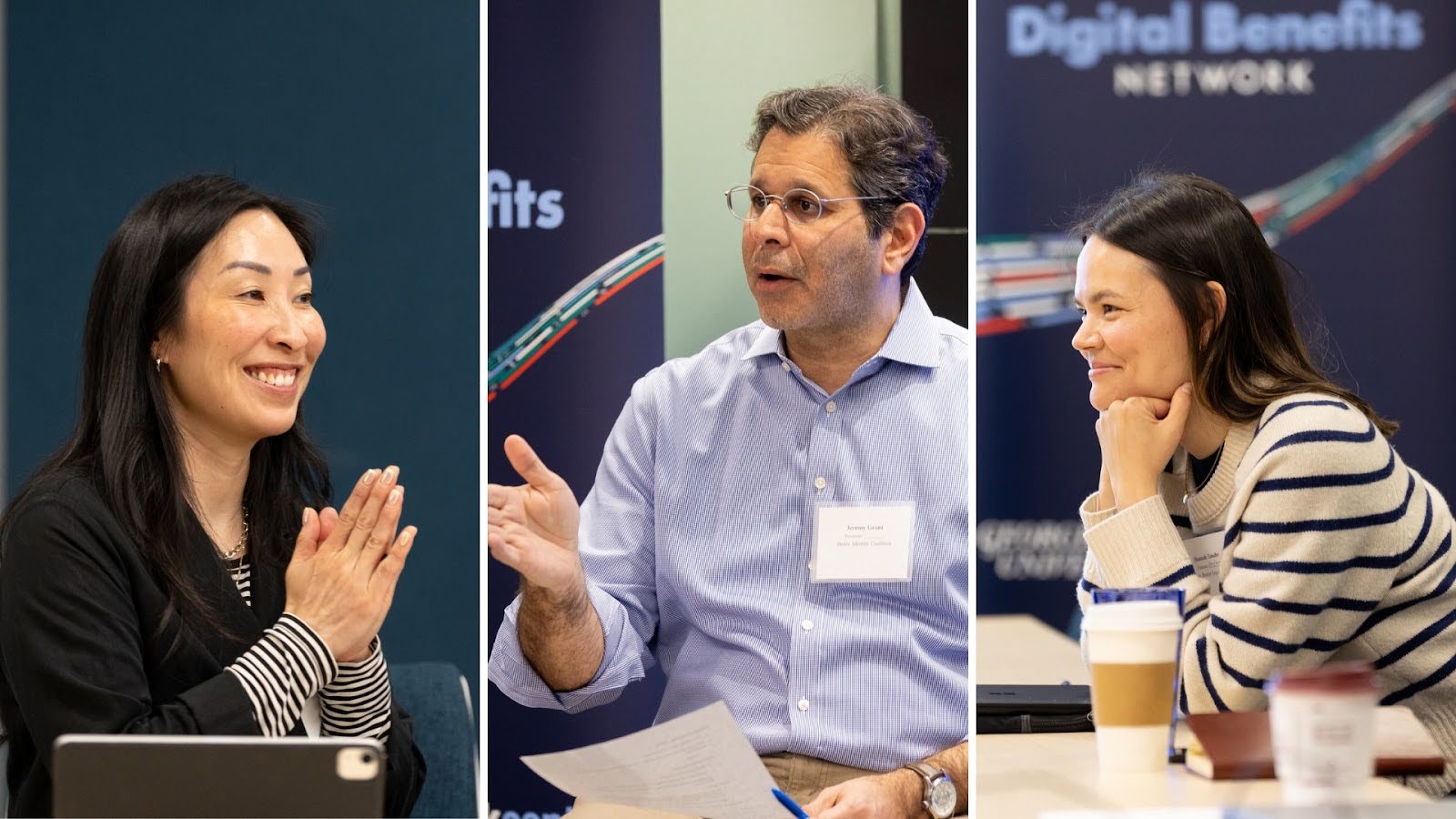
The Coalition is now moving into a new phase as it executes on a planned transition from Georgetown University and the Beeck Center as a stand alone entity starting in October 2024. The larger UI tech modernization conversation is moving past the questions that animated it during the pandemic and its aftermath. During that time UI provided essential funds to families that saved many from more dire financial outcomes while also experiencing technology breakdowns and enormous levels of fraud. The last several years have explored those dynamics amid a growing realization that the technology cannot be an afterthought to the policy: technology implementation will have direct impacts on outcomes. The content and community fostered during the annual convening has positioned the Coalition well for that future.